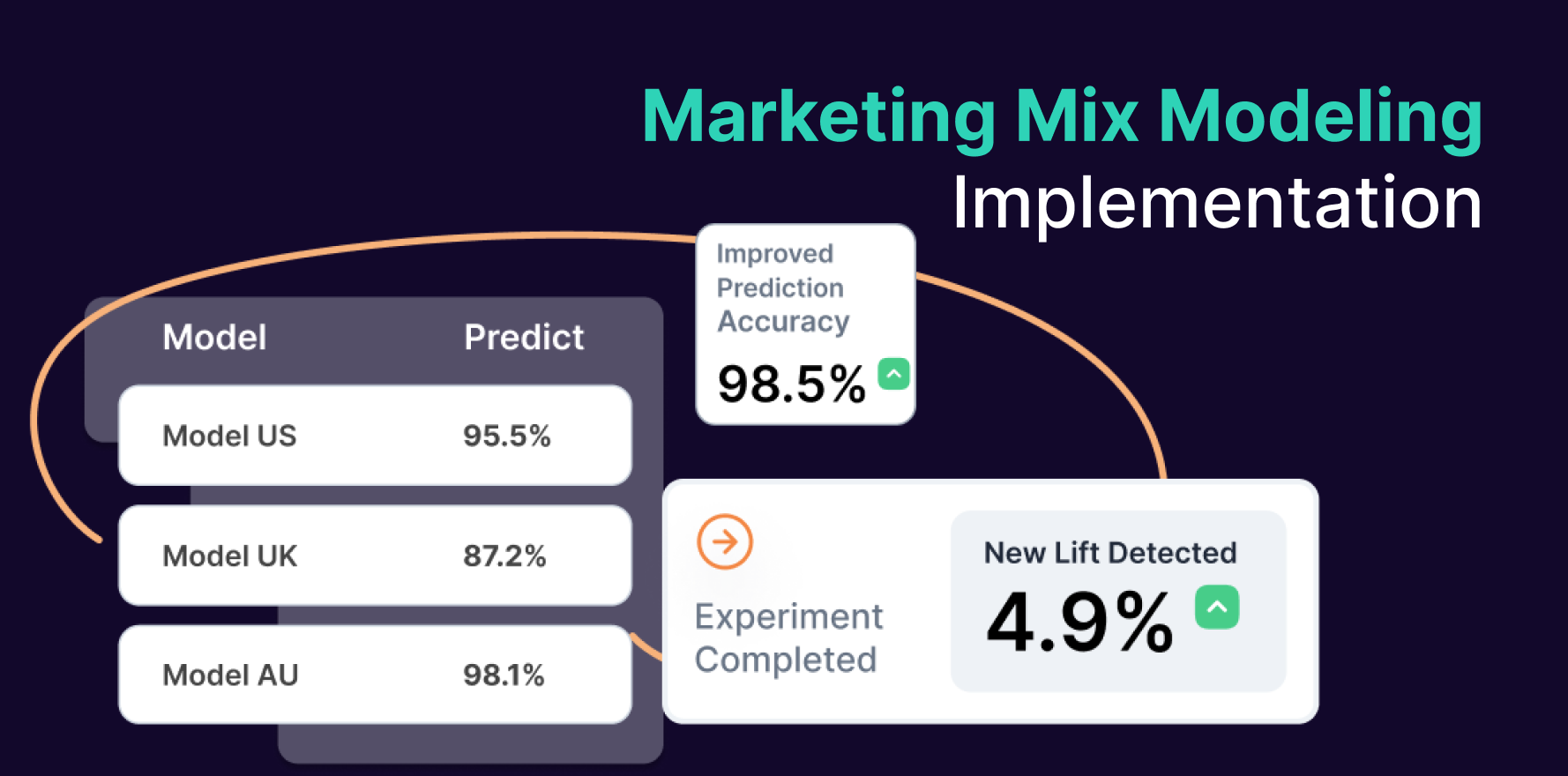What is Average Response Time?
Average Response Time (ART) in e-commerce is a quantifiable measure, denoting the average time taken by a website to respond to a user’s action or request. It’s an essential tool to assess the overall performance of an e-commerce website. From loading different web pages on an e-commerce store to advancing towards the checkout process, every action initiated by a customer has a response time. The ART measures the speed of these actions.
Formula
Average Response Time = (Total time taken to respond)/ (Total number of responses)
Example
Let’s assume that an ecommerce website had a total of 100 customer queries or requests in a day. The total time taken to respond to these requests was 300 minutes. Then, the ART would be 300/100= 3 minutes. Therefore, the ART for that particular day would be 3 minutes.
Why is ART important?
ART is an invaluable asset in the ecommerce space. A quick ART signifies efficient website performance, ensuring a seamless and expedited shopping experience, thus potentially leading to higher customer satisfaction levels and improved chances for repeated business. Moreover, a low ART can boost the website’s SEO ranking, providing a competitive edge in bustling digital markets.
Which factors impact ART?
Several factors can impact your website’s ART. They include server performance, website traffic, page elements, content optimization, third-party integrations, and coding practices.
How can ART be improved?
To trim down your ART, you must implement speed optimization techniques like compressing files, minimizing HTTP requests, utilizing caching, enabling a content distribution network, and optimizing images. Regular auditing for website performance and testing server speed can also be of great help.
What is ART’s relationship with other metrics?
ART docks with various ecommerce metrics directly or indirectly. For instance, a faster ART can expedite loading speed, thus reducing the website bounce rate and increasing session duration. It can also influence conversion rates a quick, responsive website facilitates navigation, persuading customers to complete their transactions. Moreover, it affects the customer experience, which plays a big part in establishing customer loyalty and encouraging repeat purchases.
Free essential resources for success
Discover more from Lifesight
















